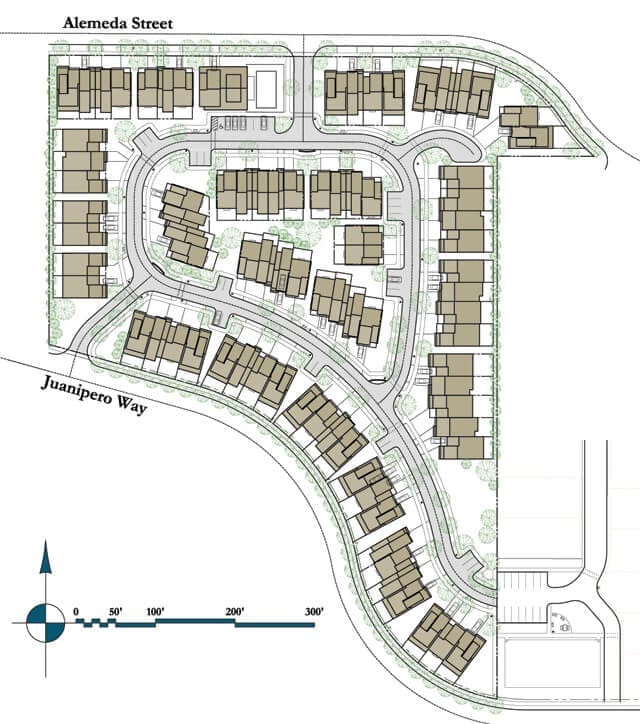Located in a welcoming east-side neighborhood, Alderwood Townhomes represents a thoughtful approach to multi-unit residential design—one that balances community living with individual expression. This 82-unit development was designed not merely as a collection of homes, but as a cohesive neighborhood centered around shared amenities and a sense of belonging.
Residents enjoy access to a beautifully designed 24’ x 48’ swimming pool, the Alderwood Clubhouse—complete with a fireplace and kitchen for gatherings—along with tennis courts and an exercise room that encourage health, recreation, and social connection. These features create a lifestyle that blends comfort, convenience, and community engagement, elevating the neighborhood beyond typical residential living.
The Value of Homeowner Collaboration in Residential Design
What truly distinguishes the Alderwood community is its customized approach to residential architecture. Each unit was designed to the individual homeowner’s specifications at the time of construction, ensuring that every residence reflected the unique lifestyle, aesthetic preferences, and functional needs of its owner.
Why Collaboration Matters
Designing for multiple homeowners within a shared development requires a delicate balance between personal expression and architectural harmony. Successful collaboration ensures that the resulting neighborhood feels cohesive yet diverse—a place where no two homes are identical, but all contribute to a unified visual and functional environment.
- Personalization: By engaging homeowners early in the design process, architects can adapt layouts, finishes, and materials to reflect each resident’s vision, creating a stronger sense of ownership and satisfaction.
- Community Integration: Customization, when guided by an overarching design framework, maintains visual consistency while allowing individuality to shine—fostering both pride and neighborly connection.
- Long-Term Value: Homes designed collaboratively often perform better over time, as they’re more closely aligned with how residents actually live, rather than following generic design templates.
For CDArchitects, the Alderwood project exemplifies the importance of listening, collaboration, and adaptability in residential design. By partnering closely with homeowners—even across a large, multi-unit community—architecture becomes not just a process of construction, but an act of creating places where people truly feel at home.






